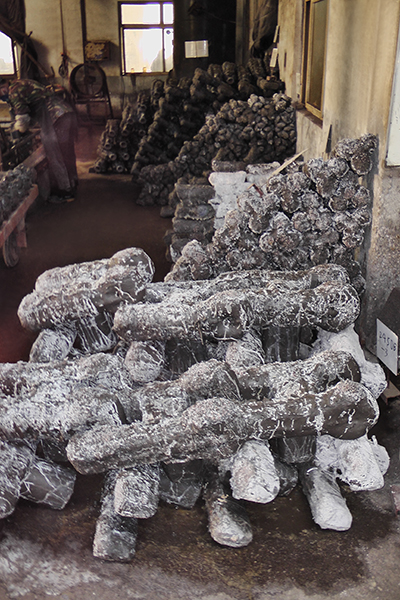Procedure and materials
The production and processing of cast parts.
Casting permits free geometry and design freedom, for functionally optimised design of the part’s contours. The large material diversity permits production of a part optimally suited for nearly any purpose, e.g. regarding its strength and wear properties, corrosion resilience and usage temperature.
The most important casting methods are sand casting, including hand moulding and machine moulding, as well as wax-loss casting (Investment Casting with a ceramics mould). Heat treatment methods such as normalisation, soft annealing, hardening and tempering increase the strength and hardness properties.
The casting types including steel casting (construction steel, low-alloyed steel (tempering steels), highly alloyed steels, chrome steels, heat-resistant steels), iron casting (ADI, CADI, hard casting, grey casting, spherical casting) and aluminium sand casting. As well as this, we produce cast parts of customer-specific materials.
Surface treatment methods
- Galvanisation
- Grinding
- Polishing
- Trowalling
- Etching and galvanisation
- Priming (coating) submersion coating
- Powder-coating according to RAL
- Ball-blasting
- Sand-blasting
- Zinc-lamella coating (ISO 10683)
- Hot-dip galvanising
- Spray coating
- Ultrasonic cleaning
- VCPI surface coating
Methods for mechanical processing
- Milling
- Turning
- Drilling
- CNC processing (3-,4-, and 5-axis)
- Drilling, turning, cutting of threads
- Hydraulic pressing
- Flat grinding
- Sand-blasting
- Ball-blasting
- Wire erosionDrehen
Below, we will show, in detail, the advantages and properties of the three cast materials used iron, steel and aluminium. You can also find a section on the cast qualities available from us in the tables and overviews on the sub-pages.





